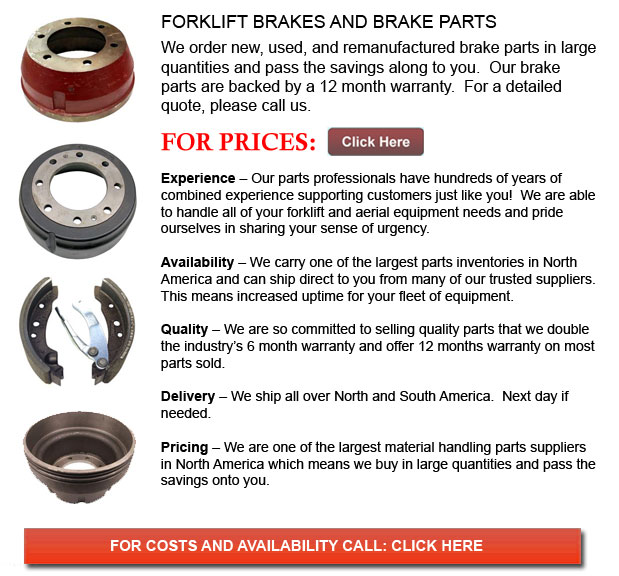
Forklift Brakes - A brake drum is in which the friction is provided by the brake pads or brake shoes. The pads or shoes press up against the rotating brake drum. There are several various brake drums types along with certain specific differences. A "break drum" will usually refer to whenever either pads or shoes press onto the interior exterior of the drum. A "clasp brake" is the term utilized so as to describe if shoes press against the outside of the drum. One more kind of brake, called a "band brake" makes use of a flexible band or belt to wrap round the outside of the drum. Whenever the drum is pinched in between two shoes, it could be referred to as a "pinch brake drum." Similar to a typical disc brake, these kinds of brakes are somewhat uncommon.
Previous to nineteen ninety five, early brake drums needed consistent modification periodically to be able to compensate for drum and shoe wear. "Low pedal" or long brake pedal travel is the hazardous end result if adjustments are not executed sufficiently. The motor vehicle can become dangerous and the brakes could become useless when low pedal is mixed together with brake fade.
There are several different Self-Adjusting systems for braking on the market these days. They can be classed into two individual categories, the RAI and RAD. RAI systems are built in systems which help the device recover from overheating. The most popular RAI manufacturers are Lucas, Bosch, AP and Bendix. The most well-known RAD systems include Volkswagen, VAG, AP, Bendix and Ford recovery systems.
Self repositioning brakes normally make use of a mechanism that engages only if the vehicle is being stopped from reverse motion. This stopping approach is acceptable for use where all wheels utilize brake drums. Nearly all vehicles now utilize disc brakes on the front wheels. By functioning only in reverse it is less possible that the brakes would be applied while hot and the brake drums are expanded. If adjusted while hot, "dragging brakes" could take place, which increases fuel intake and accelerates wear. A ratchet tool that becomes engaged as the hand brake is set is another way the self adjusting brakes can operate. This means is just suitable in functions where rear brake drums are used. When the parking or emergency brake actuator lever exceeds a particular amount of travel, the ratchet developments an adjuster screw and the brake shoes move in the direction of the drum.
There is a manual adjustment knob situated at the bottom of the drum. It is usually adjusted through a hole on the opposite side of the wheel and this involves going under the vehicle together with a flathead screwdriver. It is of utmost importance to move the click wheel properly and tweak each and every wheel evenly. If uneven adjustment occurs, the vehicle can pull to one side during heavy braking. The most efficient way in order to make certain this tiresome job is done carefully is to either lift each and every wheel off the ground and spin it by hand while measuring how much force it takes and feeling if the shoes are dragging, or give each one the exact amount of manual clicks and then perform a road test.
![]() Click to Download the pdf
Click to Download the pdf
Forklift Parts
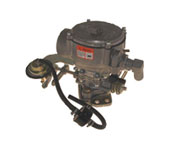
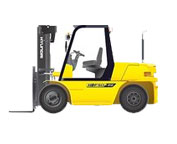
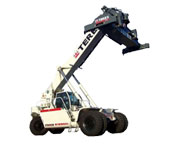
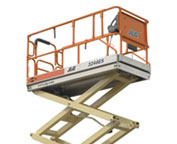
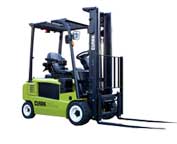
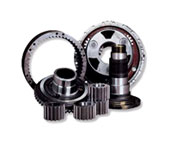
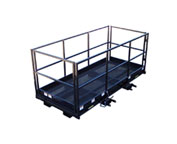
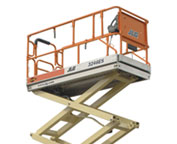
Lift Parts Express
TOLL FREE: 1-888-695-7994
Richmond, Virginia
richmondforkliftparts.com
Email Us
About Us


